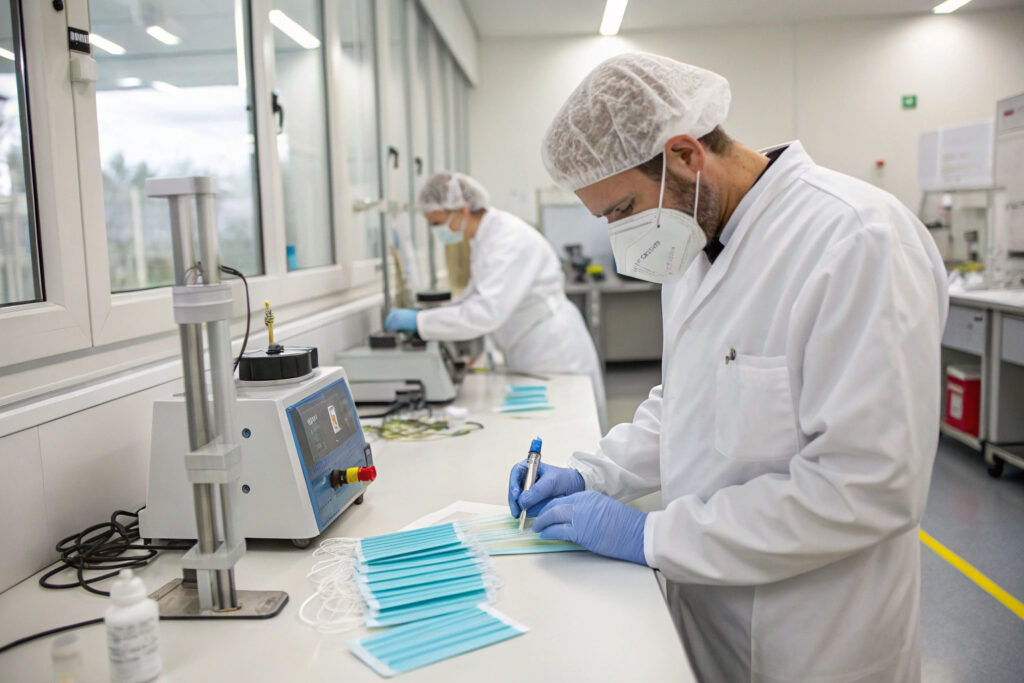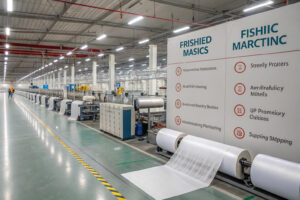Reusable fabric face masks became a mainstream solution during the pandemic—and continue to serve seasonal, fashion, and functional purposes across Europe. However, for importers and buyers like Ron from the U.S., understanding the EU regulatory standards is crucial to compliance, customer satisfaction, and avoiding costly delays.
The EU has developed clear requirements for filtration, breathability, labeling, and safety in fabric face masks. If you're shipping masks to Europe, ignoring these can cause product recalls or border rejections.
If you're a sourcing director, brand owner, or retailer shipping fabric face masks to Europe, this guide breaks down what you need to meet—so your shipments are approved and trusted from day one.
What Are the Basic EU Safety Requirements for Fabric Masks?
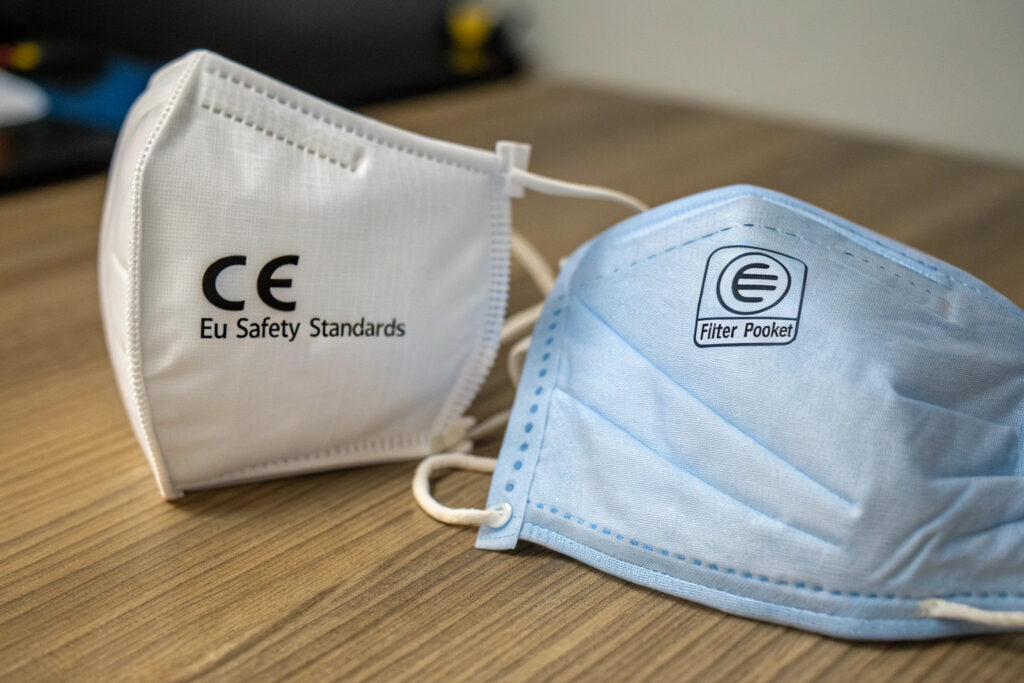
What Materials Are Permitted Under EU Guidelines?
The European Committee for Standardization (CEN) developed CWA 17553:2020, a guideline for community face coverings. This document outlines materials that are considered safe and effective for reusable masks. The standard encourages:
- Multiple-layer construction (2 to 3 layers recommended)
- Non-toxic textiles (OEKO-TEX® or REACH-compliant)
- Breathable fabrics such as polyester-cotton blends or spunbond nonwovens
For example, a common compliant structure includes a cotton inner layer, polyester outer layer, and melt-blown filter layer in between.
Do EU Rules Require Fire Resistance or Skin Sensitivity Tests?
While fire resistance is not mandatory for community face coverings, biocompatibility is essential. Masks must not cause irritation, rashes, or allergic reactions.
Buyers should request ISO 10993-5 and ISO 10993-10 test reports for cytotoxicity and skin sensitivity. Most buyers we work with ask for a full Technical File, which includes these results to avoid problems with customs.
A fabric mask that passes skin irritation tests not only earns trust—it also helps reduce returns and complaints.
How Do EU Standards Measure Filtration and Breathability?

What Is the Minimum Filtration Level for EU Compliance?
According to CWA 17553:2020, Bacterial Filtration Efficiency (BFE) should reach:
| Category | BFE (%) Minimum |
|---|---|
| Category I | ≥ 90% |
| Category II | ≥ 70% |
These levels are verified using EN 14683 test methods—originally used for surgical masks. Buyers often use labs like SGS or Intertek to obtain verified results before launching in European retail.
A mask tested with ≥90% BFE is acceptable for general public use across the EU.
How Is Breathability Evaluated?
Breathability is measured by differential pressure (Pa/cm²)—how much effort it takes to inhale through the mask. Acceptable ranges are:
- < 60 Pa/cm² for reusable masks
- < 40 Pa/cm² preferred for children’s masks
We always balance breathability and filtration in our masks. Adding too many layers may block airflow and reduce comfort, causing users to wear them improperly.
What Labeling and Packaging Requirements Must Be Met?
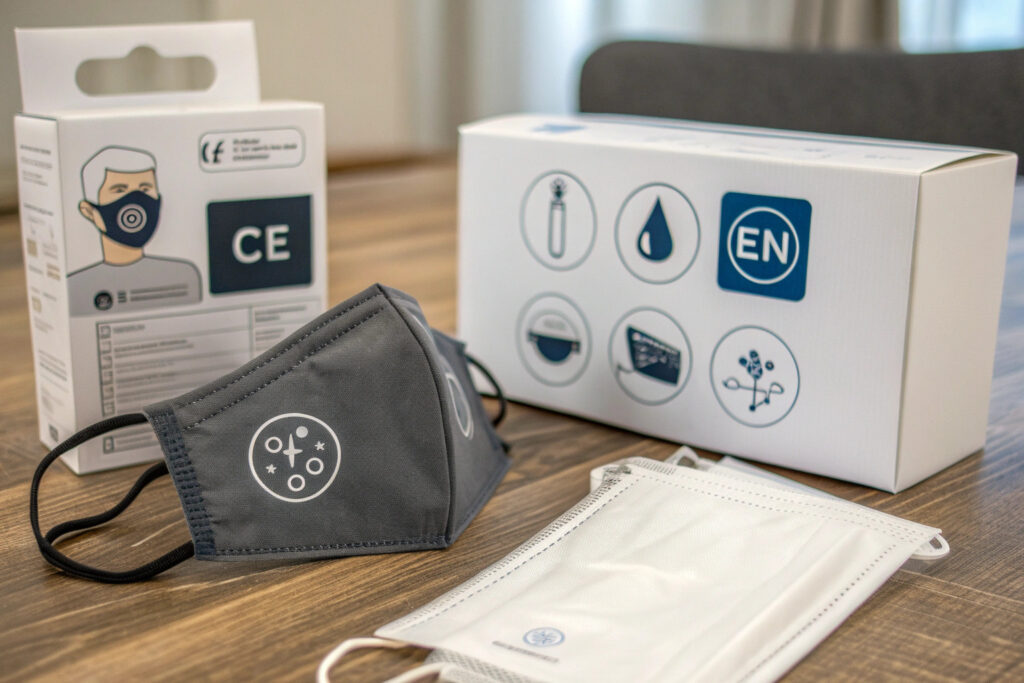
What Information Must Be on the Packaging?
The EU demands transparency for any product in contact with skin. For reusable fabric masks, your packaging must include:
- Material composition
- Intended usage (non-medical mask, community face covering)
- Instructions for use
- Washing instructions (number of cycles)
- Country of origin
- Manufacturer/importer information
- Optional: BFE rating and breathability performance
If applicable, also include testing references (e.g., “Tested per CWA 17553:2020”).
To see a full example, check this compliance template from AFNOR.
Is the CE Mark Required on Fabric Masks?
No, the CE mark is not mandatory for non-medical reusable fabric masks. It’s only required for PPE (Personal Protective Equipment) or medical devices under EU Regulation 2016/425 and 2017/745.
If your mask is intended for general public use, you should clearly state it's a “non-medical mask” and avoid implying protection similar to PPE/FFP2 masks.
Using a CE mark incorrectly can result in customs confiscation or fines, so we always verify with our clients whether CE is needed.
How Often Must Reusable Masks Be Tested and Retested?
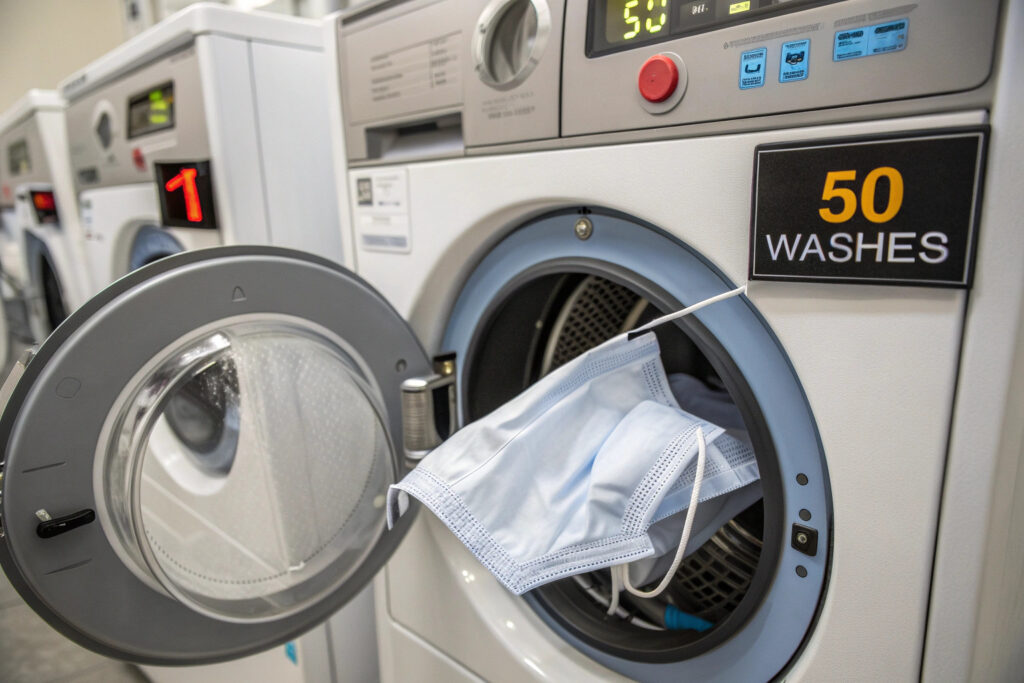
Are Wash Cycle Tests Mandatory for EU Market?
Yes, the durability of performance across wash cycles is critical. According to CWA 17553:2020, reusable masks must:
- Be tested for at least 5 washing cycles (often up to 30-50)
- Maintain filtration and structural integrity after each cycle
We run tests after 5, 10, 20, and 50 washes. For example, a Category I mask must still achieve ≥90% BFE after wash 10 or 30, depending on the claim.
Our lab provides full wash durability test reports, which clients use to defend their labeling claims in case of disputes or inspection.
How Do You Track Wash Compliance for Bulk Orders?
We integrate QR code batch tracking on each carton. Buyers can scan to view test data, composition, and washing durability. This method ensures full transparency.
For large EU buyers or government bids, our masks are batch-tested with third-party labs and provided with Declaration of Conformity (DoC) documents. This helps importers simplify customs clearance and reduce tariff risk.
Conclusion
In today’s competitive marketplace, reusable fabric face masks must meet more than just price expectations—they must comply with EU performance, safety, and documentation standards. From filtration and breathability to biocompatibility and labeling, non-compliance can cost brands both financially and reputationally.
If you're planning to source or export fabric face masks to the EU, partnering with an experienced, end-to-end manufacturer like us ensures your compliance is built in from Day 1.
Our company, Shanghai Fumao, has been supporting brands, retailers, and importers globally with customized, EU-compliant fabric masks that pass inspection the first time. You can reach out to our Business Director Elaine at elaine@fumaoclothing.com to start your order or request technical documentation.

